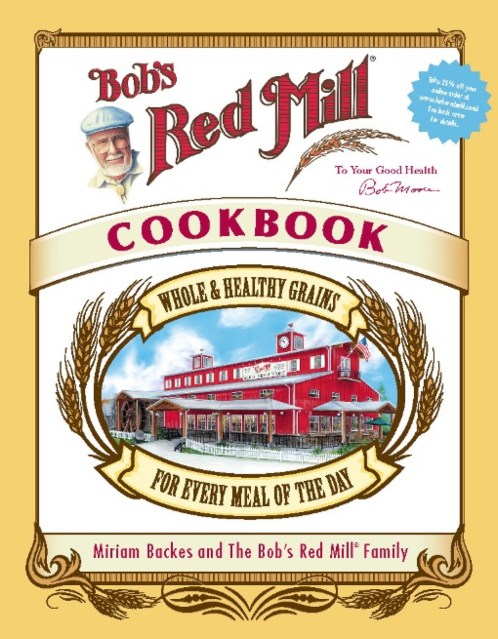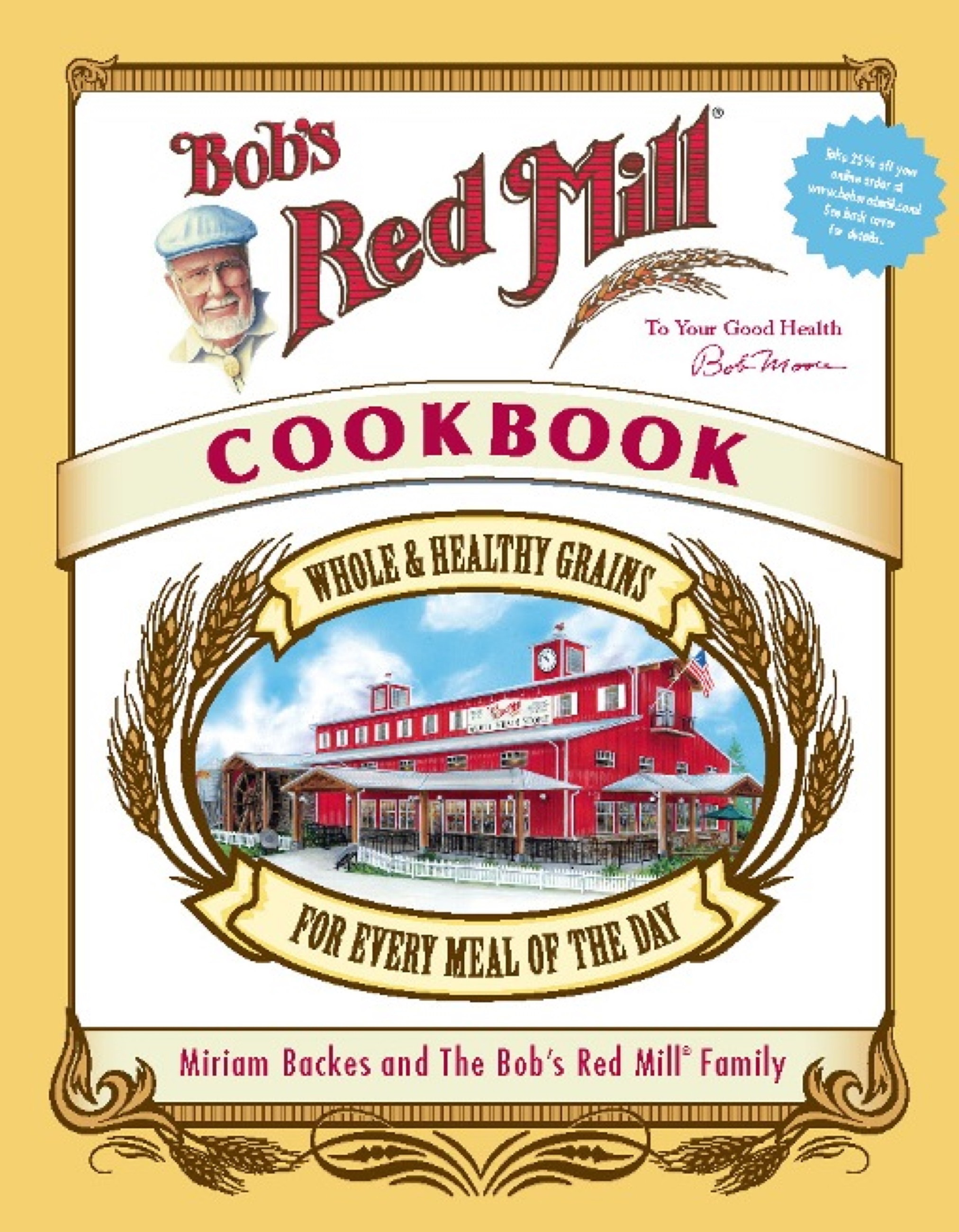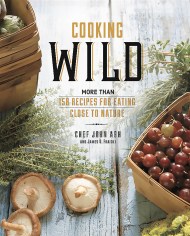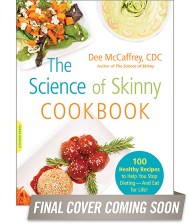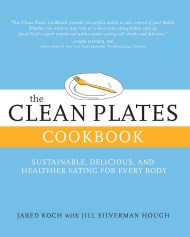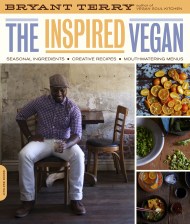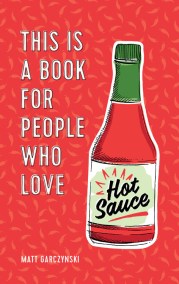Promotion
Shop now and save 20% on your back-to-school purchases & get free shipping on orders $45+ Use code: SCHOOL24
Bob's Red Mill Cookbook
Whole & Healthy Grains for Every Meal of the Day
Contributors
With The Bob’s Red Mill Family
Formats and Prices
Price
$20.99Price
$26.99 CADFormat
Format:
ebook $20.99 $26.99 CADThis item is a preorder. Your payment method will be charged immediately, and the product is expected to ship on or around November 3, 2009. This date is subject to change due to shipping delays beyond our control.
Also available from:
The unique, family-owned mill has been in the business of producing healthy whole-grain products for over 30 years, and they provide here more than 350 recipes for all sorts of everyday meals: morning food, snacks and sides, main courses, soups and stews, and sweets, with plenty of vegetarian and gluten-free dishes. This practical and comprehensive cookbook is an outstanding collection of reliable recipes that reflect the Bob’s Red Mill product quality, product diversity, and dedication to healthful eating. Becoming a more inventive cook is a stepping stone to a healthier outlook, incorporating better ingredients for a better life.
- On Sale
- Nov 3, 2009
- Page Count
- 448 pages
- Publisher
- Running Press
- ISBN-13
- 9780786752140
Newsletter Signup
By clicking ‘Sign Up,’ I acknowledge that I have read and agree to Hachette Book Group’s Privacy Policy and Terms of Use
